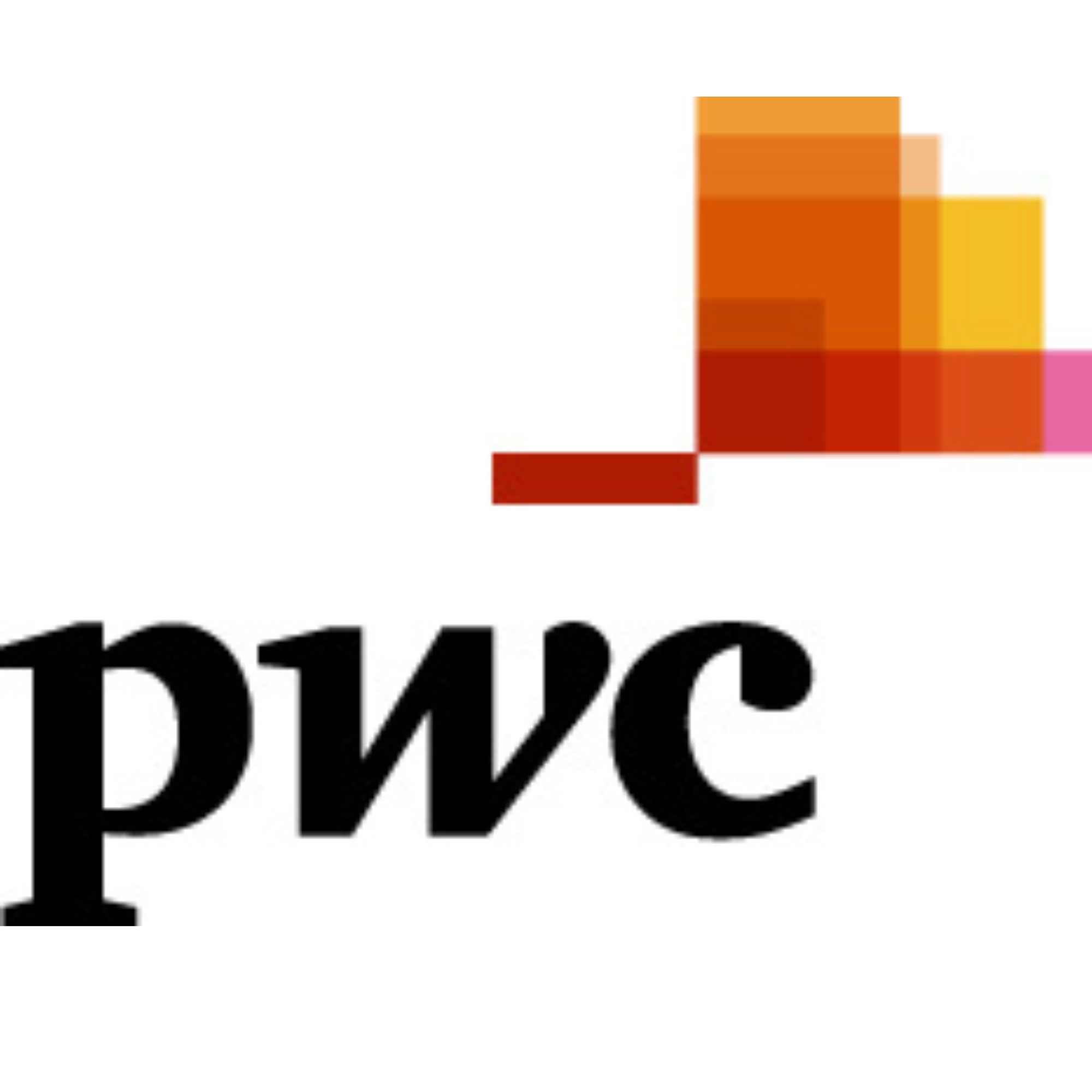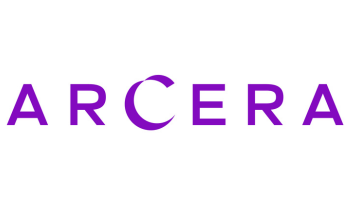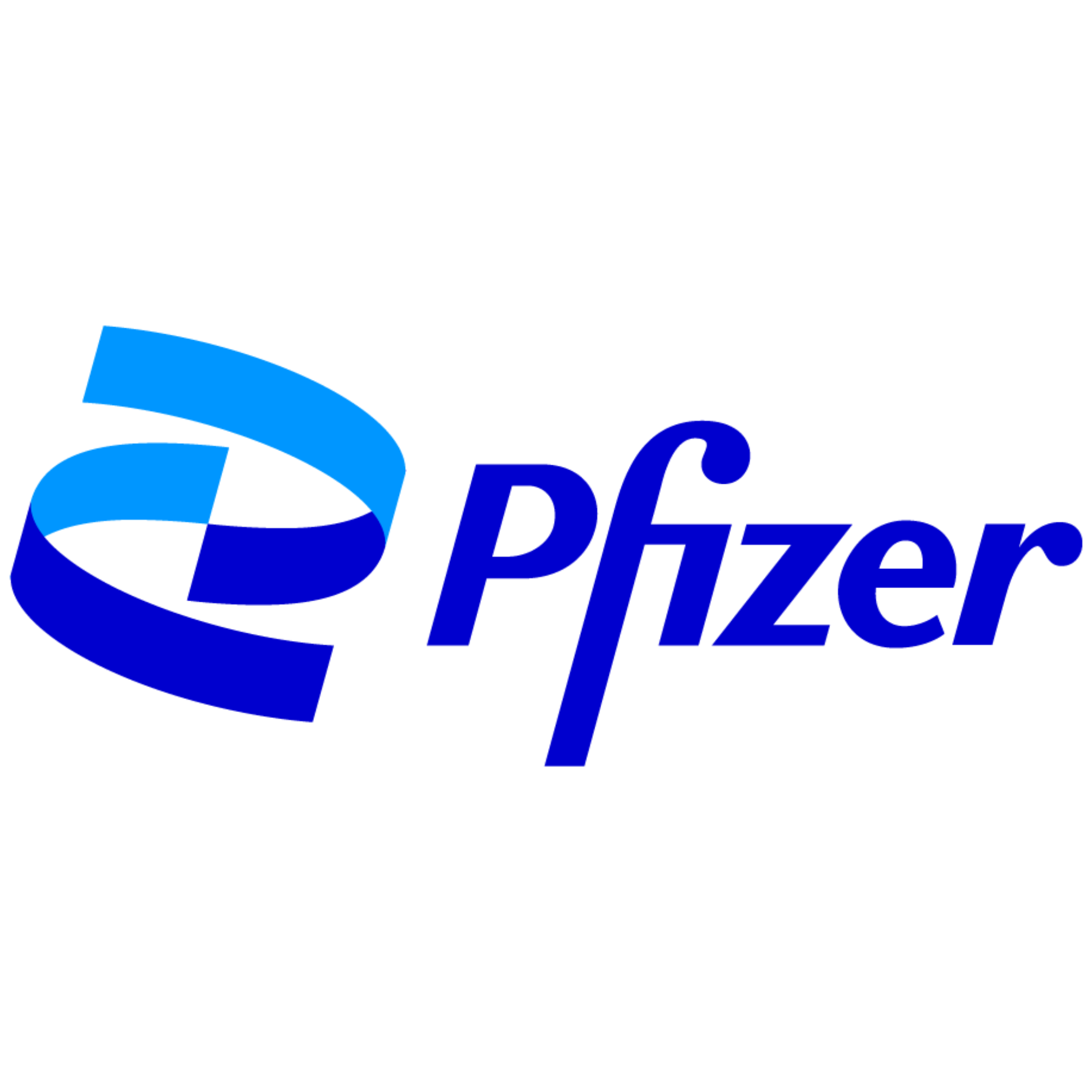تحت رعاية سموّ الشيخ خالد بن محمد بن زايد آل نهيان، ولي عهد أبوظبي رئيس المجلس التنفيذي لإمارة أبوظبي
Under the Patronage of His Highness Sheikh Khaled bin Mohamed bin Zayed Al Nahyan, Crown Prince of Abu Dhabi and Chairman of Abu Dhabi Executive Council
A Wearable to Manage Parkinson’s Motor Symptoms: Interview with Lucy Jung, CEO at Charco Neurotech

Charco Neurotech, a medtech company based in the United Kingdom, has developed CUE1, a non-invasive wearable that is intended to assist those with Parkinson’s disease to manage their motor symptoms. The device is typically affixed to the sternum, and provides vibratory action in a focused region of the body. The technology is based on the observation of a doctor in the early 1800s, who noticed that their patients’ motor symptoms were significantly reduced when they traveled to their appointments over bumpy roads in a horse and carriage.
The technology also uses cueing to assist patients who might be prone to ‘freezing’ to increase their mobility. As a drug-free, non-invasive treatment option, the technology has plenty of attractive features for patients who might be willing to try it, and it is currently available in the UK, with plans for expansion soon.
Medgadget had the opportunity to speak with Lucy Jung, Co-founder and CEO at Charco Neurotech, about the technology.
Conn Hastings, Medgadget: Please give us a basic overview of Parkinson’s disease.
Lucy Jung, Charco Neurotech: Parkinson’s is one of the world’s fastest-growing neurological disorders, with more than 10 million people living with it worldwide. The symptoms of Parkinson’s, such as shaking, stiffness, and lack of balance and coordination, can be attributed to a loss of neurotransmitters in the brain, most notably dopamine.
The aforementioned symptoms are just a few examples – there are over 40 symptoms of Parkinson’s. These symptoms can have a large impact on the day-to-day quality of life of people with Parkinson’s.
Medgadget: How do patients manage their symptoms at present? How is this suboptimal?
Jung: The current symptom management for Parkinson’s includes a variety of physical exercises, medication and surgery such as deep brain stimulation. As symptoms become more severe for those with Parkinson’s, they are unable to freely move, meaning their level of physical movement decreases. With visits to clinicians every 6 to 12 months, it can be difficult to tell how one’s daily symptoms change, and as such, how to adjust medication regimes.
Medgadget: What inspired Charco Neurotech to develop technologies to treat Parkinson’s? How did the idea for the CUE1 come about?
Jung: I have been researching long-term health disorders for over a decade now. In 2013, I met with a gentleman with Parkinson’s who was really happy to see our team but could not smile as Parkinson’s had taken away his smile. This led my co-founder and I to our mission to bring smiles back to people with Parkinson’s through Charco.
The inspiration behind the CUE1 came about by talking to people with Parkinson’s about how various stimulations can help day-to-day, and by delving deeper into the characteristics of these stimulations. From there, it was a continuous process of prototyping and iterating with people with Parkinson’s at the forefront. Their feedback has always been central to our development of the CUE1.
Medgadget: When and how was focused stimulation discovered as reducing Parkinson’s symptoms? How does cueing work in assisting Parkinson’s patients?
Jung: In the early 19th century, Dr. Jean-Martin Charcot first noticed that vibration could help reduce symptoms for people with Parkinson’s as he found those who visited him by railroad or carriage had reduced symptom severity in comparison to those whom he visited. Recent studies have shown that localized stimulation, instead of full-body vibration, can be more effective in alleviating symptoms.
Cueing works by providing a person with an external trigger (a cue) for movement. It is most effective for those who commonly experience freezing episodes, where they may be unable to move for several seconds or minutes at a time. The cues can then help someone time and trigger their movement.
Jung: The CUE1 is a non-invasive, wearable, medical device which utilizes focused vibrotactile stimulation in conjunction with cueing to alleviate movement-based symptoms for people with Parkinson’s. Aside from that, the device can also provide medication reminders and symptom tracking through the use of the CUE mobile application.
Medgadget: How does the CUE1 use focused stimulation and cueing to treat Parkinson’s symptoms?
Jung: Worn commonly on the sternum, the CUE1 provides localized pulsed vibration to the user. The focused stimulation can help reduce the high beta frequency band activity in the brain, leading to the body being in a more ready-to-move state and reducing stiffness and slowness. The cueing provides those triggers for movement, which help with smoother and freer movement. In combination, the two therapies help alleviate the movement-based symptoms, leading to an improved day-to-day quality of life.
Medgadget: What stage of development is the device at currently? When do you anticipate that it could be available?
Jung: The device is already available in the UK with more than 2,500 people using it, and we are in the process of scaling up our production. We are also working on the initial, limited EU and US expansion of the CUE1 and are very excited about bringing more smiles back to people with Parkinson’s.
Source: www.medgadget.com






































